Analysis of the Life Cycle of a Built Environment
A thorough description of a built environment’s life cycle (brief; design; raw material extraction, transport and processing; construction materials production and distribution; construction; use, repair and maintenance; demolition and disposal, reuse, or recycling analysis) is difficult to procure. A building and its environment comprise a complex system based on its technical, technological, economical, social, cultural, ecological and other aspects. All sub-systems influence the total efficiency performance. The interdependence between subsystems also plays a significant role. This monograph’s research objective is the life cycle of a built environment along with its interested parties striving to attain their goals in the micro-, meso- and macro-environments that make an integral whole. Comprehensive research of this required development of new methods for the multiple criteria analysis of a project that would enable a user to assess its quantitative and qualitative aspects thoroughly. The diversity of the factors under assessment corresponds to various ways for presenting data needed for decision making. Various researches on the life cycle of a built environment and/or its composite parts at micro-, meso- and macro-levels are under global development. Such researches analyze energetic, technical, technological, economic, legal/regulatory, innovative and microclimatic aspects. However, they ignore the social, cultural, ethical, psychological, emotional, religious and ethnic aspects of a built environment’s life cycle. It is notable that not one researcher from different countries analyzed the life cycle of a built environment and its stages in the way the authors of this investigation have considered them. Here, the authors also involve the stakeholders in the life cycle as well as the micro-, meso- and macro-environments that have particular impact on making an integral whole. This monograph contains detailed revisions of the research along with theoretical and practical tasks for analyzing the life cycle of a built environment and includes presentations of distinctive examples. The concept of a modern life cycle of a built environment as a model is discussed. The theoretical and practical analyses presented in this monograph verify that intelligent decision support systems allow different stakeholders to achieve improved work quality results and productivity.
{{comment.content}}

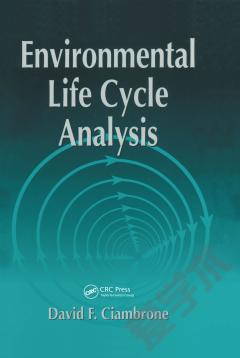
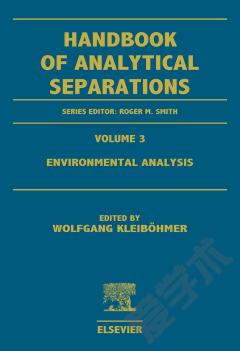
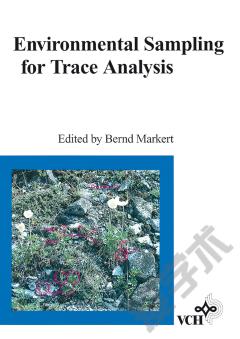

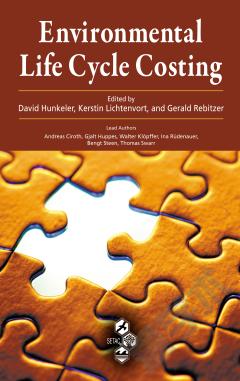
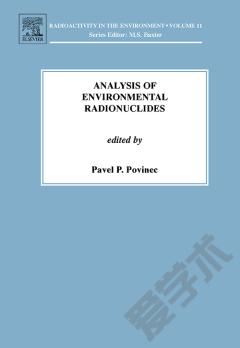

 京公网安备 11010802027623号
京公网安备 11010802027623号